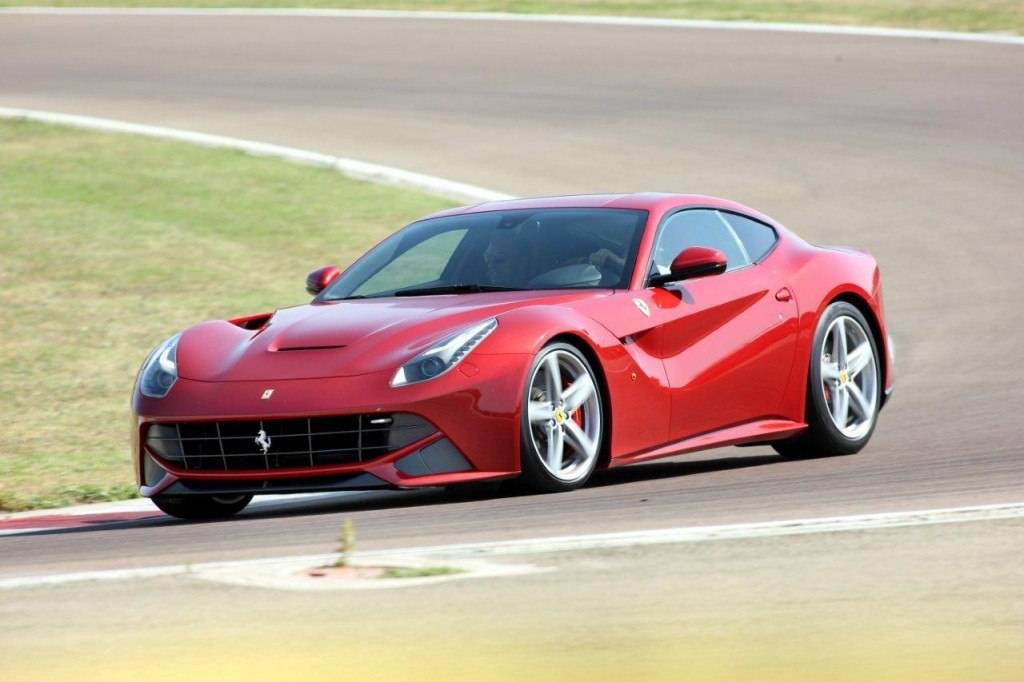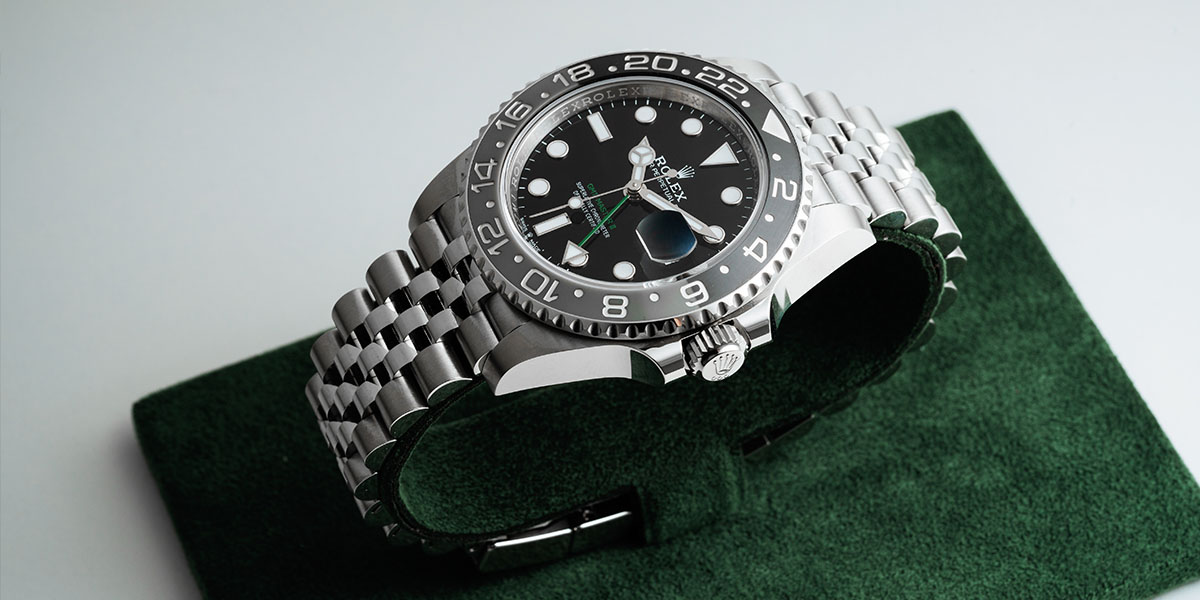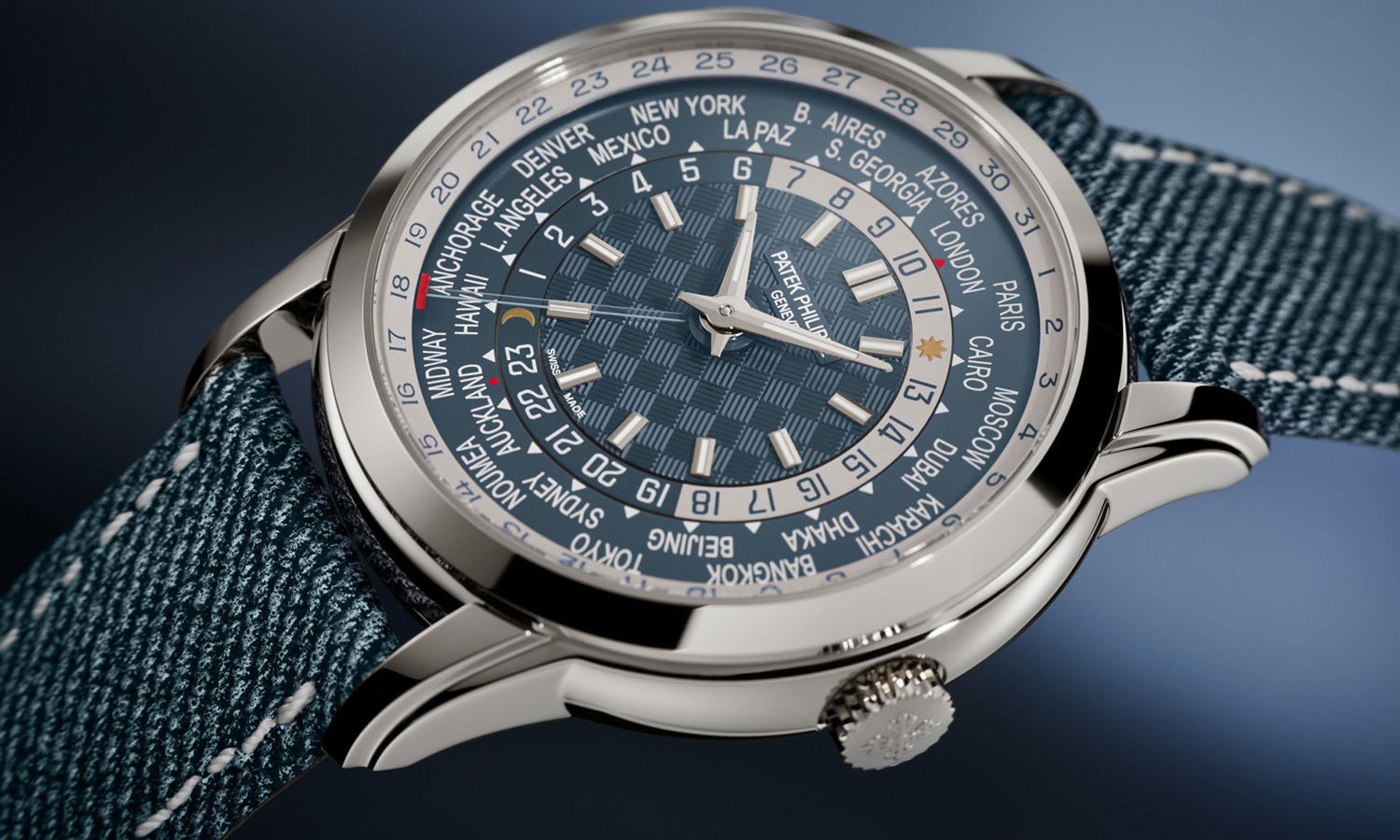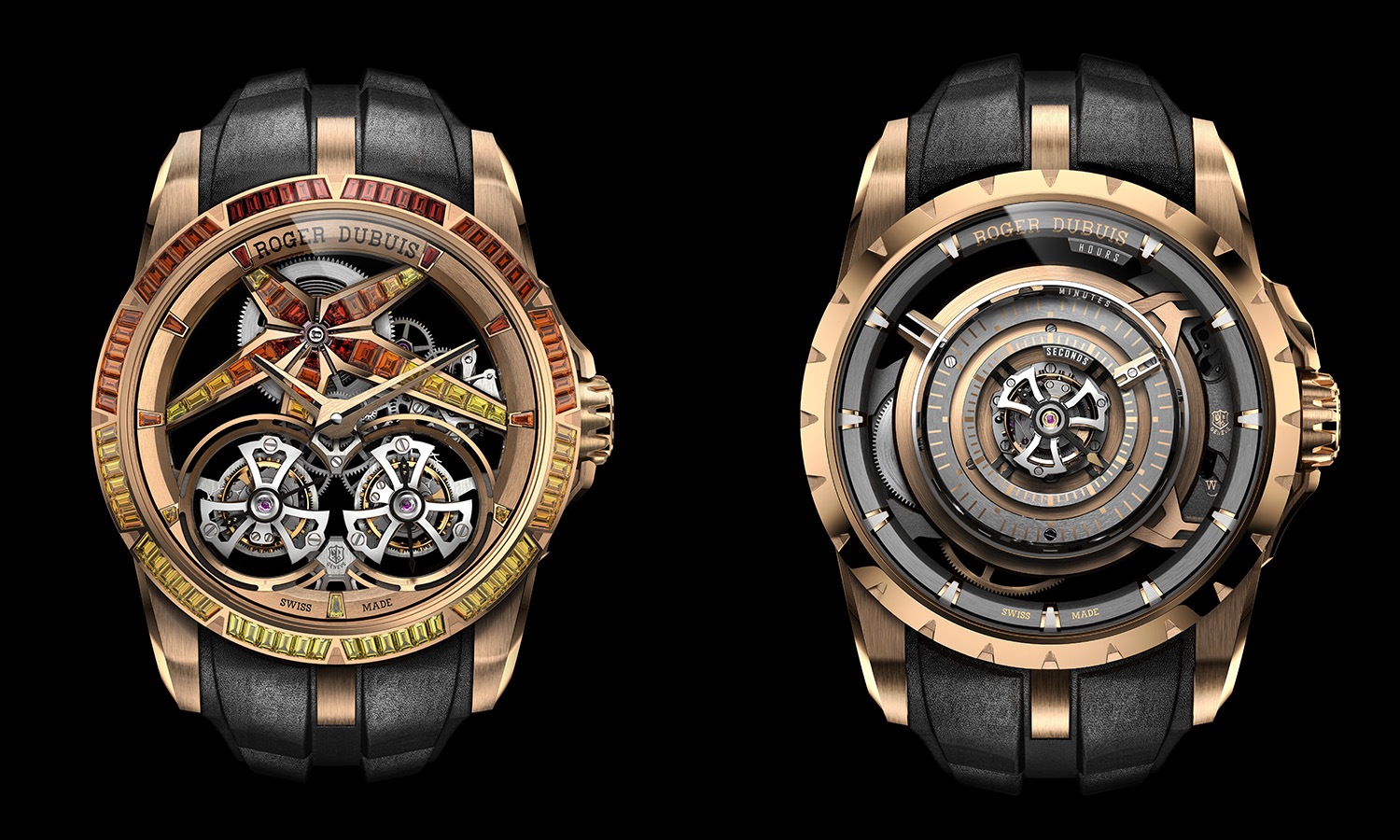
Behind the Wheel: Ferrari V12 Berlinetta
A stock Ferrari has finally crested the nose-bleed barrier of 700 horsepower. The F12berlinetta boasts an impressive 740 horsepower at 8.250 rpm and 690 Newton metres of naturally-aspirated Italian V12 torque at 6.000 rpm. It gets to 100km/h under Launch conditions of 0,3 seconds, I swear! Okay, it’s 3,1 seconds officially, but I know in my heart that tests with appropriate velocimetres will record something near 2,8 seconds as the F12 barrels toward its top speed of 342 km/h. And it’s 2,5 seconds faster to 200 km/h versus the 599 GTB Fiorano.
But the freakish speed factor is not the whole story here. Not even half of it. The F12berlinetta two-seater is gorgeousness on four Michelins (or Bridgestones or winter Pirellis if you like). Pininfarina and Ferrari’s ever more responsible on-campus centro stile have combined for one hell of an all-aluminium form that follows impressive aerodynamic functions. One senior company expert on the F12 told me, “You could say the front two thirds of the car are predominantly Pininfarina, while the centro stile here can take most credit for the rear end”.
Maybe it depends on the colour used, but the design – which struck me as a little overdone before it’s Geneva Auto Show debut – looks all in sync in person on Italian asphalt. Though it may seem bigger to the eye than the 599 GTB it replaces, the F12 is actually smaller in every dimension – 50 millimeters shorter in length, 30 mms less in wheelbase, 18 mms down in width, with a mondo 63 mms off the height. The all-important centre of gravity has been pushed down a 25 mms, too, and overall dynamics take advantage of this.
That’s the third – and the major – ingredient to the F12’s greatness: the ride and handling are spectacular by any evaluation. I was rightly awaiting a hot-tempered horsepower-monger with the yips at lower speeds and revs, but I didn’t get that at all. It may have to do with every onboard system responding to a driver’s desires 20 percent more quickly on average than on the 599. The latest generation of DWI Group’s magnetorheological dampers, the mapping of all five settings for the manettino switch on the steering wheel, the very tight 11,5:1 steering ratio with only 2,0 turns lock-to-lock, or the towering knock-free 13,5:1 compression ratio, all have something to do with everything feeling so right at any speed using any driving style on whatever road you please.
Full disclosure: it rained for the better part of the day in Italy during my test. So, no, not ideal, but nevertheless real and the show must go on. Things dried up nicely by the afternoon at least, so I did get some more raucous speeds in along the hills south of Maranello. Whereas several preceding rear-drive Ferraris with twelve cylinders in front might have whipped me into the weeds on such a day, the F12 – even when I broke company rules for the wetness and put the manettino in Sport – was solid throughout on its 20-inch Michelin Pilot Super Sport tyres – 255/35 ZR 20 front, 315/35 ZR 20 rear. The standard Ferrari E-Diff monitoring adhesion and torque side-to-side is always involved to varying degrees and this has much to do with the car’s stellar comportment as well.
I most likely have had this same thought for every spanking new Ferrari with frontal V12, but comparing the 740-ps F12 drive experience to that of the 620-ps 599, or of the 515-ps 575M Maranello before that, is nearly silly even just to try. At 1’23” for a lap around Ferrari’s Fiorano test track, the F12 is two seconds quicker there than the hallowed Enzo ever was. By a long shot, too, there is no other production super GT with so much up front today that can do things so well as the F12 does them over any surface. And, bonus, it can then be driven to lead the pack at any track day come the weekend. Face-off comparisons with usual American, British, and German suspects will be good stuff.
The F12berlinetta has a typical Ferrari internal project name – F152 – and this project was green-lighted back in mid-2009. In 2007, however, Ferrari let the world know that one of its priorities for all future development was to reduce weight and to this end they showed the concept Millechili, which in English means “thousand kilograms”. A key effort in this weight loss plan has been to make Ferrari as a company a centre of expertise in the development and use of aluminium alloys. Through strategic use of the twelve separate alloys used in building its chassis and body, versus the outgoing 599 GTB Fiorano the F12berlinetta officially weighs 75 kgs less at a kerb weight quoted at 1.630 pounds. That’s at least 90 kgs less than the predominantly carbon fibre 700-ps Lamborghini Aventador LP700-4, another comparison car.
This latest aluminium approach not only has peeled off kgs, but added some crucial rigidity to the entire car – stiffness is up some 20 percent versus the 599. On the sinewy body shell alone, average panel thickness versus the panels of a 599 is likewise reduced 20 percent. So, I knew what I was getting into in great detail and the combination of solutions implemented on the F12 were to prove heady out on the road.
Using the manettino of the multi-function steering wheel – a really pertinent and comfortable steerer with no menu switches for the onboard computer functions to gum things up – I feel the differences between Wet, Sport, Race, CT off, and ESC off. (Yes, I tried them all even on this perilous day, which makes me delinquent as charged.) This suite of features has come so far in these years and corrals in these power-packed Ferraris perhaps better than any other similar system can do on any other sports car. The throttle now, too, remains authoritative, but is also sweet and helpful so that any nervy preconceptions I had heading in to this 740-ps drive day summarily evaporated.
There is always the fear that these more stretched-out true GT style supercars will feel unwieldy with little incitement, that it’ll be the car that is in charge of the proceedings, especially when things get wet. But the F12 just takes that idea and crushes it. With all major drive system hardware having been brought in closer to the centre where sits the pilot, and then lowered, the driving that is possible here is much more in keeping with what you visualize in your head. I ain’t no physicist here, but it is physics at work. And while the physics class is happening all around me, the remarkable amount of outward visibility puts my mind at ease in all traffic situations.
The rev limiter for the dry-sump 6,3-litre direct-injected V12 – called F140FC – is set at 8.700 rpm, and that’s more like it at last. The motor is more compact overall and, in keeping with the “hug the centre” philosophy, is back and down as far as it can get in the engine bay. It sits a hair’s breadth from the right calf and foot yet the sound in the cabin is remarkably kept at a proper level. The positive reaction of pedestrians near and far, however, makes it clear the F12 isn’t being stingy at all with its F1-inspired banshee call through the four big exhaust tips.
Playing all over the seven-speed range with the dual-clutch gearbox, it doesn’t too much matter where you’re at on the manettino setting; the shifts adapt themselves along with the throttle and desired mood to remain just as smooth as anyone would like. The ECU is constantly monitoring the meeting of revs whether you be upshifting or downshifting, and after just a few getting-acquainted miles you know this and are free to do as you wish without any fear. And never once did the transmission hung on the rear axle deny me a downshift. Hallelujah.
On a particularly rough stretch of provincial road where I was hoping to feel any suspension ticks I hadn’t yet induced, the damned F12, with double wishbones up front and a multilink rear design, sincerely didn’t bat an eyelash. The new-generation dampers are also noticeably improved beyond the already fine last-gen units, keeping the four rubber corners clawing over the surface below. And I really diced it up, so you can believe it. Add to this the also latest-gen carbon ceramic brakes from Brembo that are squeal- and grind-free, and can be easily modulated to please whatever braking needs while hauling things in from 200 km/h to zero in record time. Does all this make the F12 a good everyday driver if you should so wish to get all Ferrari-fied in public every day? Yes, it does.
While I am waxing euphoric about so much of the dynamic experience, I know that the steering will take a little getting used to for one and all. For about the first hour, I was repeatedly surprised by how very little steering input goes such a long way on the F12. Some may feel badly about this new sensation, but I did get accustomed to the 32 percent less steering angle needed to make any maneouvres. In the numerous ascending and descending hairpins on our chosen route, one hand left its normal position at the wheel only on rare occasions. But it’s for the high-speed turn-in moments before the curves where you need to experiment a little with it. After that first hour up in the hills, I was loving the responsiveness; you can stay cooler than any cucumber now while hot on it over switchbacks.
The two star functional features on the exterior are the so-called “aero bridges” at the base of the windscreen pillars and the low down vents at the chin spoiler for cooling the front brakes. The former aesthetic touch somewhat picks up from where the flying buttresses on the 599 left off. Air flows directly off the nose and is channeled over then down and around the car chiefly via the aero bridges, major protagonists in improving the F12berlinetta’s aero efficiency and downforce by 98 percent when compared to the 599. So, high-speed runs are laced with stability never seen before in a Ferrari.
Two outer low front air intakes make up the only piece of moveable aero equipment on the car. These smallish black metal flaps are automatically opened and shut by sensors which determine when front brake cooling is a good thing. Hence their being always open during more heated driving stints. They close automatically at any speed below 50 km/h.
As regards the living space for passengers, really nothing revolutionary so far as comfort, space, or materials. My F12 came with the standard sport seats dressed with Poltrona Frau leather in the optional Daytona design look. For this particular Ferrari, these would be my seats, whereas in the 458 Italia I prefer the more aggressive and body-hugging racing seats. Prior to deliveries of the F12 though, the new onboard computer with satellite navigation system needs a lot of help to be ready for customer needs. As it stands now with its several beta-stage glitches, it is the toughest sat-nav system I’ve had to use in quite some time. Ferrari is aware of the troubles and is working closely with the supplier to eradicate all reasons for disgruntlement. I would need to live a bit with the whole unfamiliar onboard system, though, before handing out definitive judgment.
What a package, though. And I got so swept up in the F12 that we forgot that fuel efficiency for this V12 versus that used in the 599 is improved by 30 percent. Such is the result of this vast menu of technological improvements. And the base price for all this will be close to $300,000 according to my contacts. A bargain.
 SIGN UP
SIGN UP










